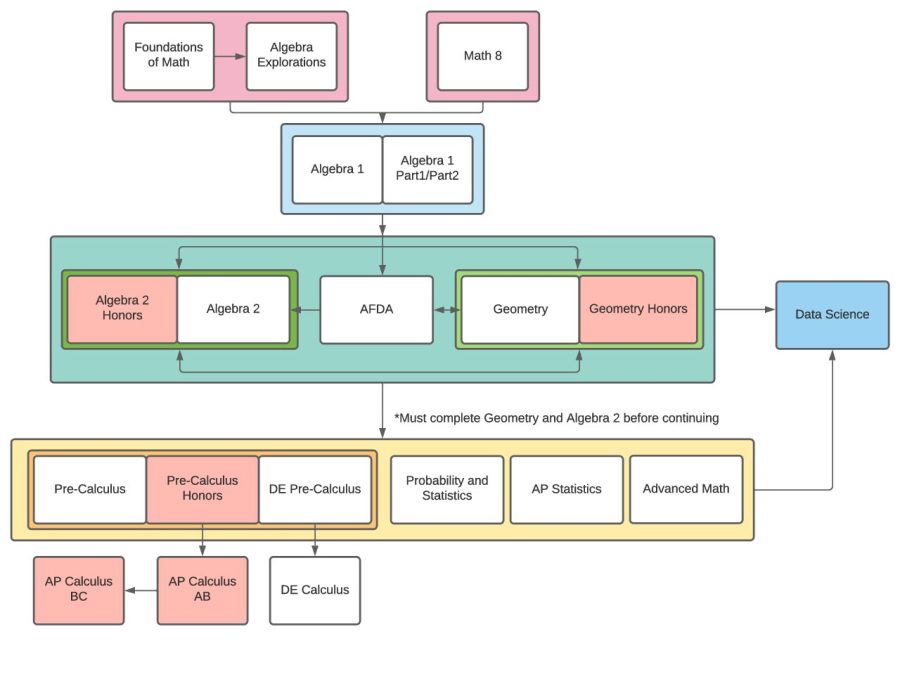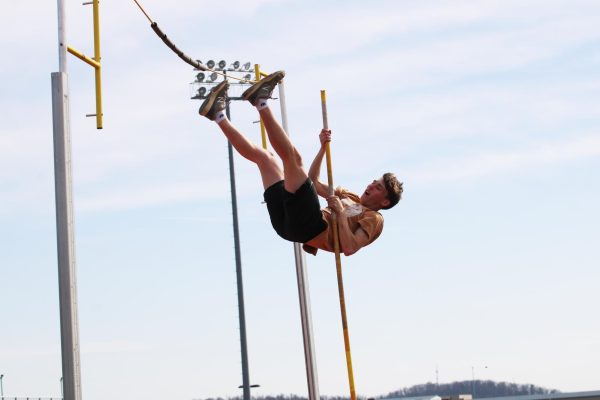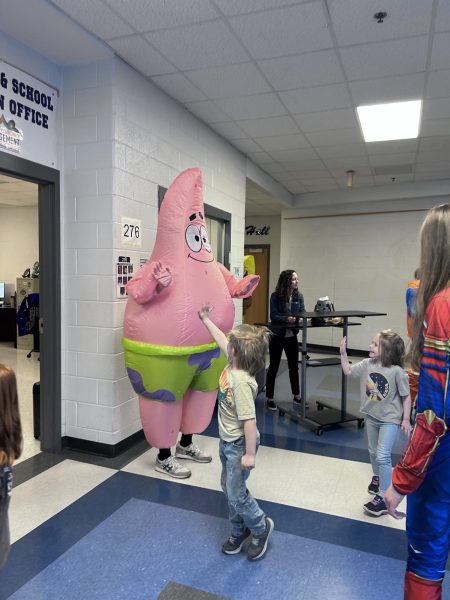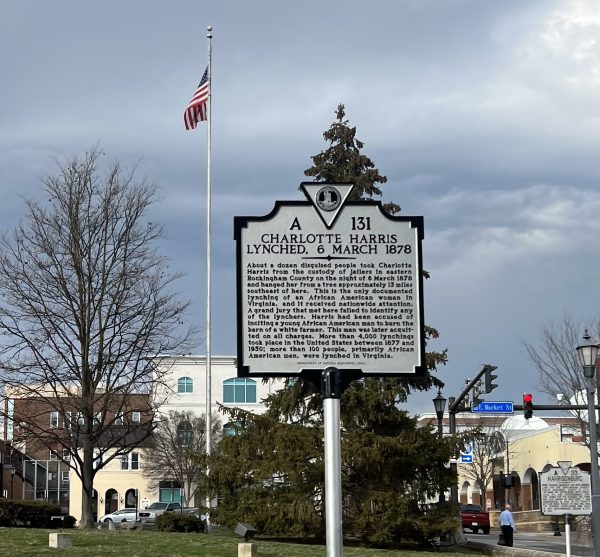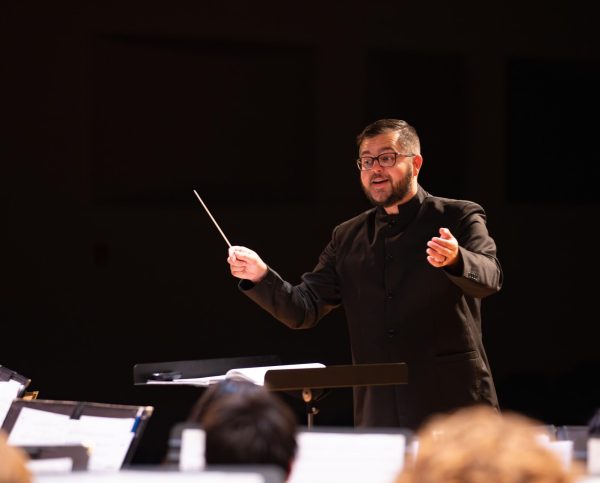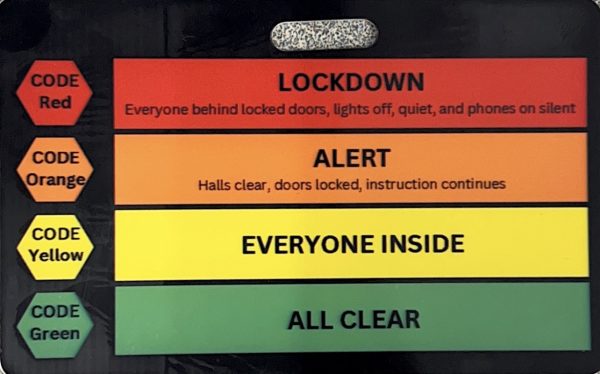Data science on the rise in public education
Photo courtesy of Brian Nussbaum
The graphic above shows what paths students can take to complete all necessary math courses and add data science to their course plan.
February 17, 2022
Numbers have become a big part of our day-to-day lives. Scrolling through the news, particularly highlighting COVID-19 , you can find a lot of data about new infection cases, hospitalization rates, death tolls, and vaccine trial results. However, do we know what this data means? Modernizing education is an important part of giving students the skills they need and will use later on. Students take different paths for learning. Yet, regardless of the path that they will take, there are skills that are needed. Most students will leave high school without the skills and knowledge to work with data, despite the widespread use of data in the modern world.
The Virginia Math Department Of Education is taking steps towards introducing a new type of math, data science. Brian Nussbaum, Secondary Mathematics Coordinator and the District Director of Testing, introduced data science as a combination of statistics and modeling.
“Data science is a combination of statistics, modeling and computer science, [which deals] with really large data sets,” Nussbaum said.
This new type of math will be an opportunity for students to come up with their own questions and lead the class.
“It will be an opportunity for students to do explorations [within the class],” Nussbaum said.
The class is still pending for public opinion before allowing it to be pilot tested to multiple schools.
“A group of people across the state have been working on new standards. It went to the Board of Education in Richmond in November for initial approval. It’s open for public comment right now. In March, we’re anticipating that it will be approved as a new state math class,” Nussbaum said.
If the course is approved to be one of the pilot schools, HHS math teacher Katrina Schwenke will be the one teaching the class.
“This course will be a good segue from some of the very technical stuff that we do that maybe isn’t relevant to something that would be in our everyday lives. [It’s] something that you could take with you no matter what it is that you’re going to do in high school, beyond high school,” Schwenke said.
The usefulness of a class is often debated between students. Schwenke believes statistics brings something new to learning.
“[The usefulness of it.] That’s probably one of the biggest complaints here. When am I ever going to use this? Well, this [class will offer] something that you [would] use all the time,” Schwenke said.
For students who are interested in taking data science, there is leniency when placing the course in schedules.
“You could go into [the class] after Geometry, take Algebra and then take data science. Or you can go out to Algebra 2 and then take it. You could do Pre Calc, Calculus and then come back. It’s going to fit in wherever you want it to be,” Schwenke said. “Students right now should be talking to their math teacher about [whether or not this is] the kind of class that would work for [them].”
The second public hearing was held Jan. 20. Stay tuned for more information to be publicized.
“We hope to have some more public student-facing information available soon,” Nusbaum said.



